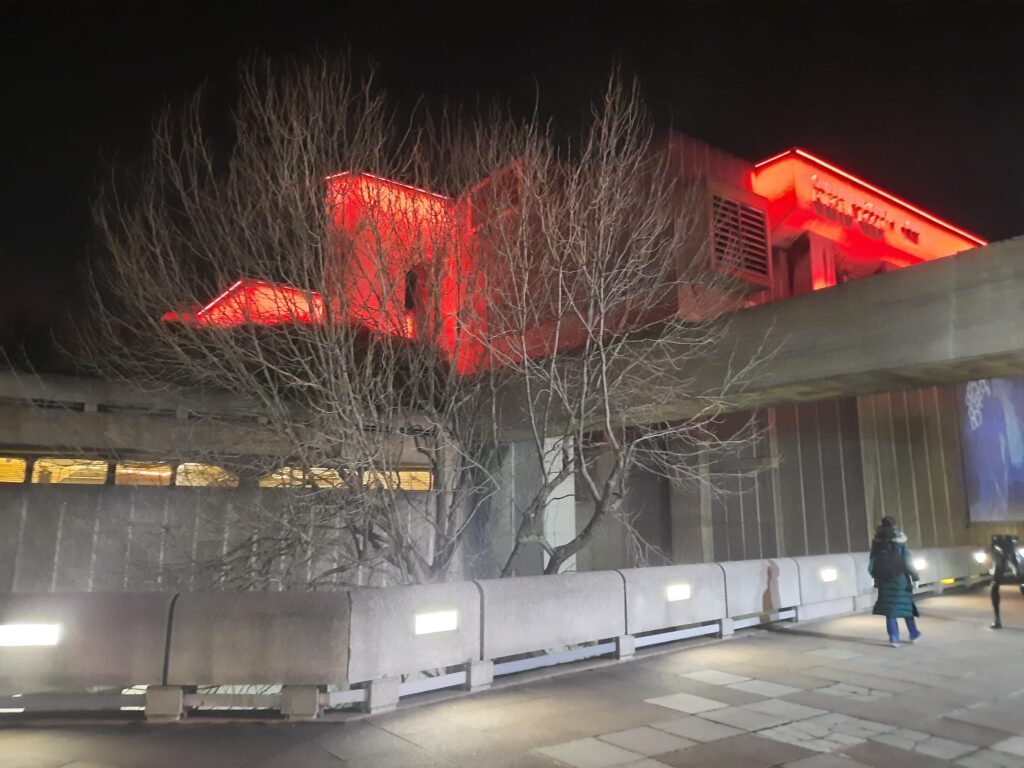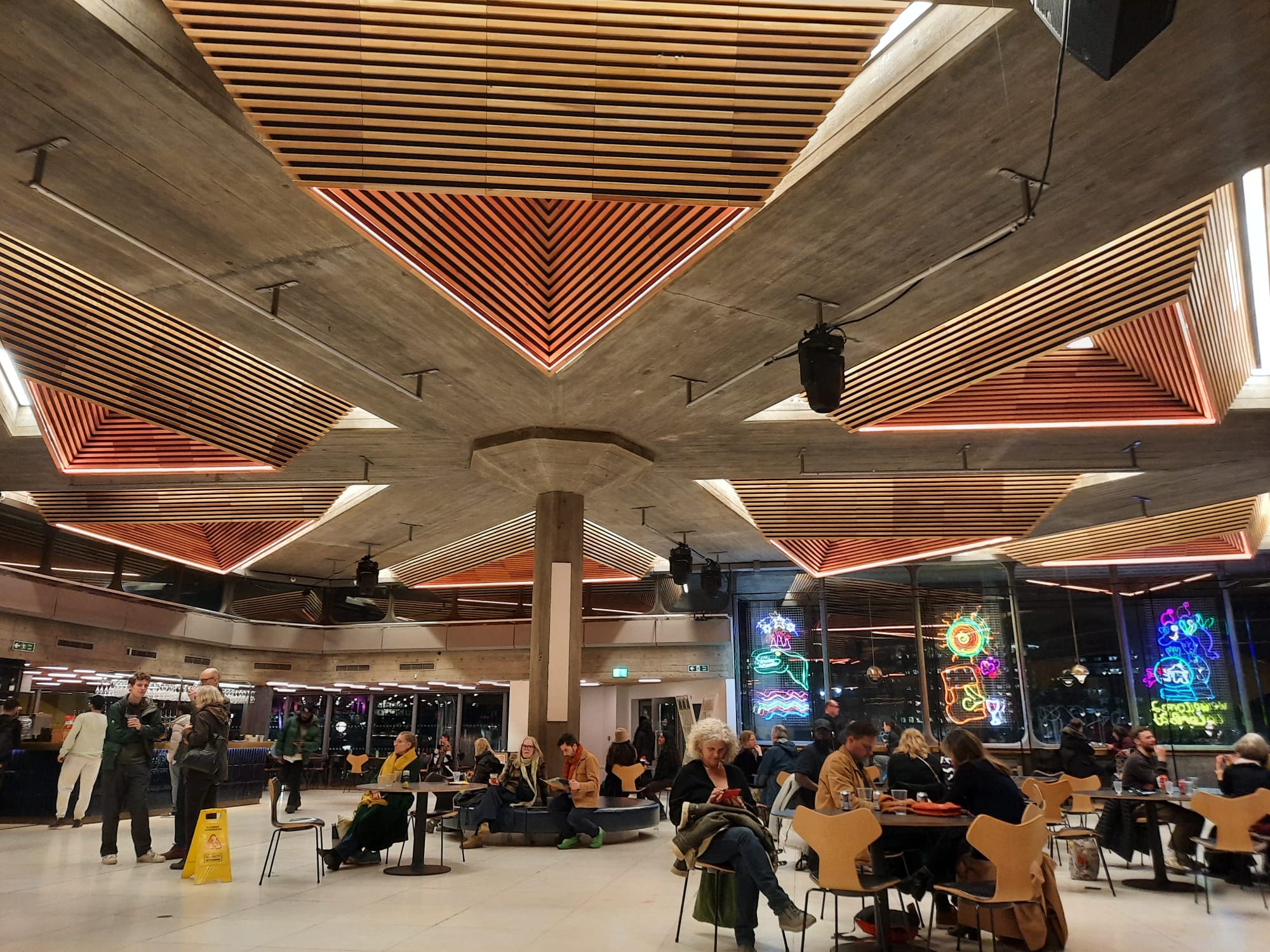The Rite of Spring – Dewey Dell / Southbank Centre, London
Italian company Dewey Dell take on Stravinsky’s famous work The Rite of Spring in a production that takes direct inspiration from the animal kingdom.

The Rite of Spring
Today’s post is the second of three from the 2025 edition of MimeLondon. Moby Dick was the first production we saw from this ever-interesting curatorial project: although wordier than most mime, it was an exercise in creative storytelling. And after The Rite of Spring today, we have a further dance production to come next week. Watch this space!
But today’s post is all about The Rite of Spring. You’ve probably at least heard of Igor Stravinsky’s famous 1913 work. Perhaps you’ve heard that it was so avant-garde it caused a riot when it premiered in Paris? Sadly that might be a bit of an exaggeration. But it certainly was shockingly modern, even as it looked back to folk traditions and music. After getting its start as part of Diaghilev’s Les Ballets Russes, with choreography by Nijinsky, The Rite of Spring is today performed as much as a concert piece as it is a ballet. Today’s version takes it back to its roots as a shockingly modern and unusual work of dance.
Italian dance and performing arts company Dewey Dell (do they take their name from this work by William Faulkner?) take inspiration from art history and the animal kingdom. Which is immediately apparent as soon as a caterpillar emerges from its egg in a gloomy subterranean chamber and stretches its way across the stage. This Rite of Spring is no folkish, vernal dance to the death. It is spring as a cycle of life and death, played out through fantastical insects and curious explorers.
An Exceptional Reinterpretation
I loved absolutely every part of this production. We have an early contender for my Top 5 countdown for 2025. Let’s start at the beginning. The scene opens, as I said, in a gloomy subterranean cavern. The lighting (Vito Matera) is wonderful here and throughout: atmospheric and unexpected. We peer at the scene before us, slowly making out the egg and then the caterpillar within. A soundscape curated by Demetrio Castellucci creates a contemporary edge to the music here and in a few other points throughout proceedings. The set design (also by Matera) draws us into another world
The costumes (Dewey Dell and Guoda Jaruševičiūtė) are also things of pure genius. Most of what we see on stage are insects, but not like anything we’ve seen before. Several take direct or indirect inspiration from the whirling costumes of Loie Fuller. The costumes incorporate different textures, the use of stilts, and are operated by one or multiple dancers. Not all the beings in this reimagined Rite of Spring are insects, either. There are also what appear to be scientists, or explorers, in pleated, Issey Mayake-like outfits, puffing strange chemicals around and examining the traces the insects have left behind. They all seem to be about the same scale. It’s like some sort of cursed Star Trek away-party.
The dancing, as well, is wonderful. There’s a mix of genres: mostly contemporary dance with some breakdancing. The way bodies combine to play out scenes from birth, to mating rituals, struggles and violence, to death, is always creative and surprising. At one point I swear it looked like a dancer was moving in reverse. I held my breath through many a scene.
The Shock of the New
What I think I loved most about this interpretation of The Rite of Spring is that it brought back the shock of the new. Stravinsky’s music doesn’t sound terribly avant-garde, any more. But maybe this choreography is just as bold and unexpected as Nijinsky’s was in 1913. And an interesting thing happened after the final scene. The lights went down, and we sat in darkness. Was it over? Was there more? The cast waited, the audience waited, for someone to start the applause. Finally some brave soul did, and the curtain call began. I saw it as a sign that, as a collective, we had been jolted out of the familiar realms of performance and into something new. At least we didn’t riot.
I’m sorry to have been so effusive, when the last performance for this run is happening as I type. I think a key point instead is that bringing this sort of company and production to London is exactly what is so wonderful about MimeLondon and other festivals or curatorial projects. I can’t imagine ever seeing The Rite of Spring and not comparing it unfavourably to this strange and wonderful version. I’m utterly invested in anything Dewey Dell might do in London in future. And, despite my occasional grumblings about what constitutes mime anyway, I will always enjoy the MimeLondon offering each year.
Salterton Arts Review’s rating: 5/5
The Rite of Spring finished on 25 January 2025
Trending
If you see this after your page is loaded completely, leafletJS files are missing.

